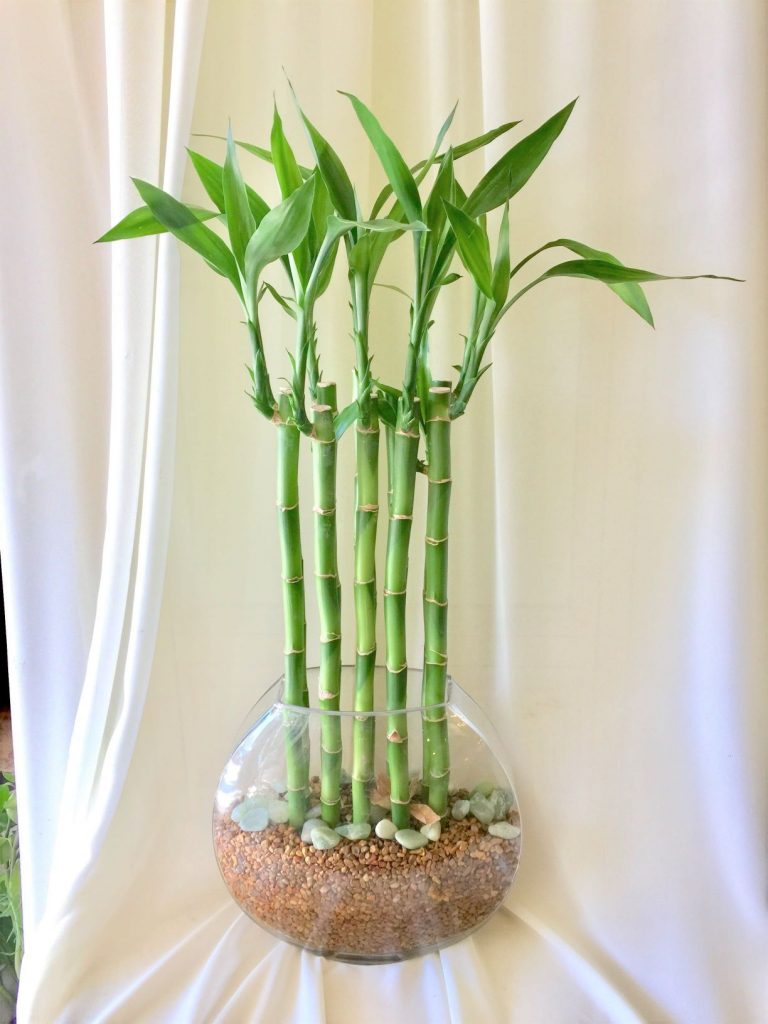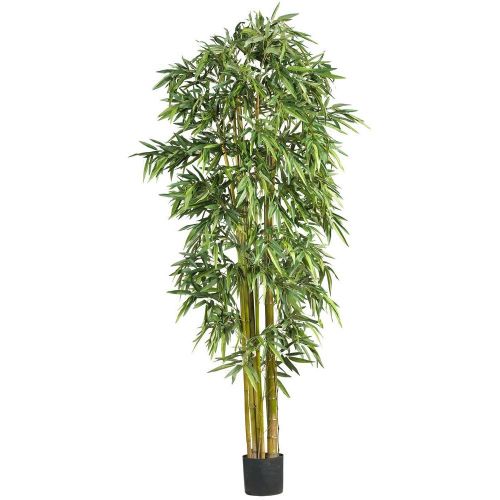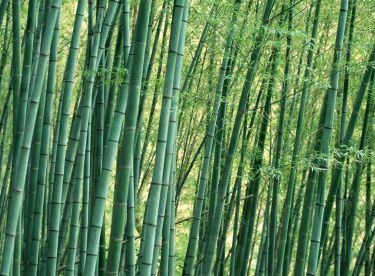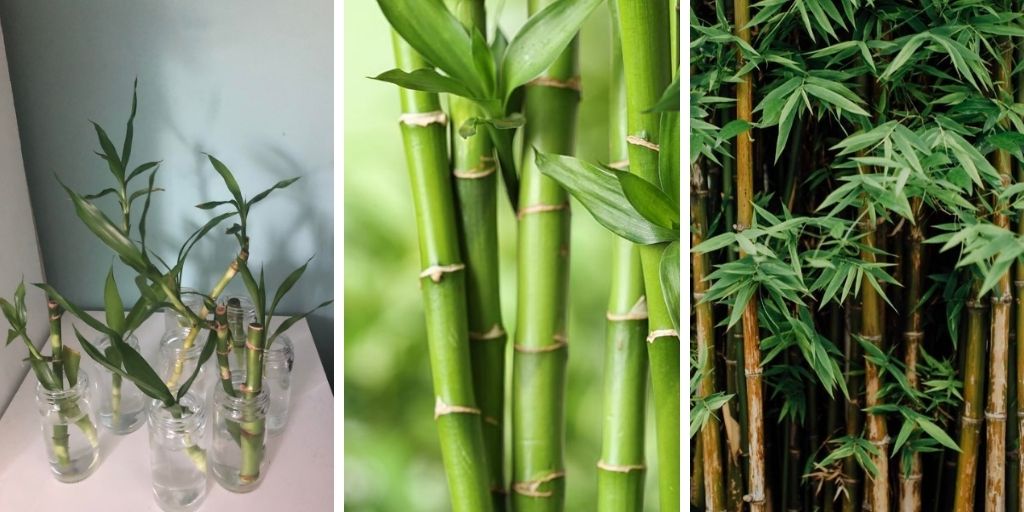Besides their attractive shape and beautiful appearance, in many cultures, bamboo trees are considered lucky trees that bring fortune and wealth. Bamboos trees are so popular that they’re used for decoration in homes and gardens.
Bamboos were used as gifts when doing business or in social events to show good intentions and goodwill. Growing a bamboo may be all what you need to bring a lucky charm into your life especially when growing this tree is not difficult at all. If you’re interested in panting a decorative tree, please find below detailed instructions how to grow a Bamboo from Cuttings.
1. Location
The first step of growing a decorative Bamboo tree. Although most Bamboo species are tough plants that can adapt basically to any condition, but permitting your plant to get a lot of sunlight will help it grow faster.
Therefore, I recommend that you choose a spot in your garden where the plant can get full son. However, as mentioned above, little son is enough for the bamboo to fully grow but it will take a while to reach full growth.
Also, growing bamboos in containers is always a choice. Containers can be moved around so you will be able to change the location of the tree based on your preferences and needs.
2. Choosing the Cuttings
Since this educative article is about how to grow Bamboo from cutting, it is important to mentioned that choosing the right cuttings is crucial for growing a bamboo tree. But first, you will need to choose which type of Bamboo you wish to plant. Most people choosing based on their potential use of the tree.
The cuttings should be around 30 cm long and culm. Once you have, trim the primary branches, make, cut the base at 45-degree angle and dip the bamboo cuttings in a growth regulator mixture or rooting hormone for 24 hours, and seal the top cut end with wax for best results.

3. Soil
Although Bamboos are tough trees and they can endure poor growing conditions, it is better to provide typical growing conditions for your tree to get the best of it. If you’re growing in a container use potting mix or a mixture of equal parts of coarse sand and loam.
For gardens, after choosing the sunniest spot if possible, move the soil where you’re planting, dig a whole twice deep as the roots of your cuttings, remove rocksand mix it with organic content.
Bamboos like moderately acidic loamy soil. Loamy soil consists of a good balance of sand, silt, and clay particles. Soils that are too sandy or clayey can be amended using mulch and compost. Sandy soils drain too quickly and retain few nutrients, while clay soils water-log and lock nutrients making them unavailable to the bamboo.
If you have clay soil, think about adding Dolomite or Gypsum to break up any particularly hard clay soils. Amending the soil for planting by adding drainage, more nutrients, and adjust pH levels will give you best growth results

Once the soil is ready, dig several holes and plant several cuttings. Don’t plant only one cutting as you will not get the result you’re hoping for.
4. Watering and Fertilizing
The cuttings will need a plenty of water for the first two months. If you’re planting in summer, then you will need to water your cutting daily otherwise you may risk them getting dehydrated and hindering their growth. However, if it is spring, water them regularly a couple of days. Watering your bamboos on regular basis is highly recommended especially if you’re hoping for a big bushy tree.
Mulching is also crucial in growing a big healthy bamboo tree. These plants truly love mulch as it keeps their soil moist. Getting mulch for Bamboos is easy because anything organic will work magic. The easiest way to mulch is to Rake up leaves around the plants is a good start. Or else, you can use sugar cane mulch, hay or straw.
Fertilizing is not required for bamboos, but it is recommended for any plant. Bamboos love nitrogen fertilizers Spread a bit on the top layer of soil and don’t mix it with the soil as it may hurt the roots.
5. Maintenance
While your cuttings are growing, you should regularly check them for pests and diseases. Although bamboos are not vulnerable in front of pests and insects, it is better to inspect your plants once a while.
Scale, mealybugs, and aphids could infect the bamboo, but they don’t impose a threat. if you observe them on your trees, spray with insecticidal soap or summer oil. Mites can cause yellow streaking or disfigurement of leaves; they too can be controlled with insecticidal soap.
Taking a good care of your plants will pay back giving a beautiful decorative tree in your garden just like the one below:

These are the most important steps to follow when growing a bamboo tree. If you have any questions, don’t hesitate to comment them below.

